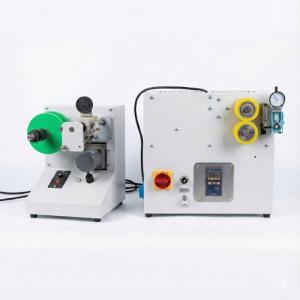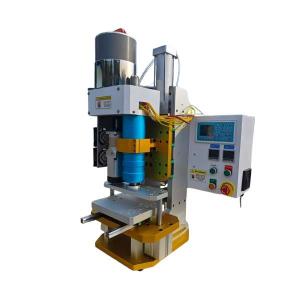Vented or two-stage extrusion
In the process of vented (two-stage) extrusion, a significantly elongated screw is employed, as all material needs to be melted before reaching the vent, which is generally located at approximately 70% of the total screw length. The initial segment of the screw functions as a conventional three-zone design; however, it subsequently transitions to a deeper configuration, which decreases the melt pressure. This allows for applying a vacuum through an opening in the barrel (the vent), facilitating the removal of air, moisture, or other volatile substances. The molten material then progresses downstream, undergoes recompression, passes through a final metering and mixing section, and ultimately exits through the die.
Various materials can be introduced via the vent hole, including foaming gases and agents, scrap materials, blending resins, and micro-additives. Additionally, non-thermoplastic materials, such as glass fiber, can be incorporated, as they do not require melting and are significantly less abrasive when added to the molten material than when mixed with hard, solid feed particles.

RobotDigg provides a range of two-stage extrusion screws and barrels for compounding extrusion
Diameter 30mm vented screw, and its paired barrel for reference

Diameter 110mm two-stage screw










